GPS (Global Positioning System) - Errors
GPS contains errors and therefore your position should always be checked via other methods.
Errors that occur within the GPS unit:
- Systematic: Some errors are caused by the changing satellite geometry. This is called Dilution of Precision (DOP). For a three-dimensional fix, you need four satellites. Ideally, one of the satellites should be directly overhead, with the other three separated by 120 degrees of azimuth. An arrangement other than this ideal situation will cause DOP inaccuracy. A good value of HDOP (Horizontal DOP) is between two and four, values in excess of this size are of poor accuracy - you can check the values on the GPS.
- Environmental errors: Moisture and salt in the air, poor weather conditions or lightning.
- Ionospheric delay: Signals from satellites bend on entering the ionosphere (aka refraction) and their speed varies. (The ionosphere is the outer region of the Earth's atmosphere).
- Multipath error: A satellite signal may be reflected off the water, or off metal objects on board your vessel. This may cause the GPS receiver antenna to receive the signal by two or more paths.
- Receiver errors: Mismatch of satellite signals.
- Selective Availability: SA is the military’s ability to scramble the GPS readings. At the time of writing, the USA is not scrambling the signal (the SA was turned off in 2000). DGPS (Differential GPS) was developed to reduce SA.
Common errors in using the GPS:
- Offset: The main position fixing error occurs when using the GPS in combination with older charts. The correct offset from the chart needs to be applied to the GPS reading (see ‘Chart Errors’ earlier in this section for full details).
- Ensure your GPS settings match the spheroid of your chart. The GPS operates on a spheroid called World Geodetic Spheroid 84 (WGS84). In the past, charts have been based on various spheroids, e.g., Australian Geodetic Datum 1966 (AGD66): You must check your chart to find out whether it is based on WGS84 or AGD66 and set your GPS accordingly.
- Magnetic or True: You can select Magnetic or True settings for bearings and courses. Ensure you have selected your preferred setting before completing these calculations. (See ‘True to Compass or Compass to True’ under Charts, earlier in this section.)
- Measurements: Are you reading statute miles or nautical miles for distance? Check your unit is set to nautical miles.
- Measurements: Are you reading knots for speed? Ensure your GPS is set correctly.
- Measurements: To reduce errors, check your GPS is set to degrees, minutes and decimals of a minute instead of seconds - to match your charts.
- Location: Follow the manufacturer’s instructions when mounting your GPS. Obstructions can affect the signal and the GPS unit can affect the ship’s compass.
- Input Errors: Double check the co-ordinates that have been inputted into the GPS. Ask someone else to read and check the numbers too.
Zooming right in to every area may reveal all reefs and obstructions. BUT not zooming in enough may hide them. (We used two version of electronic charts as a backup/double check - at times they were spot on, other times they were off by a worrying distance.
Chart Errors: If you are using very old charts you may find that the GPS co-ordinates put you on an island. In this case, the GPS is more accurate than the chart. All positions will need to be offset by the amount given in the title of the chart. Every modern chart will have a note stating whether the GPS co-ordinates can be plotted directly or an offset is to be followed. This is a good example that, shows that you must check all the information provided on the chart very carefully.
For example (1): Chart AUS 252 Whitsunday Group. Under the chart title it states:
SATELLITE DERIVED POSITIONS
Positions obtained from the Global Positioning System (GPS) in the WGS 1984 Datum can be plotted directly onto this chart.
Example 2: Chart AUS 802 Cape Liptrap to Cliffy Island, states:
Positions are related to the Australian Geodetic Datum (1966)
(see SATELLITE DERIVED POSITIONS Note).
Next to title it states:
SATELLITE DERIVED POSITIONS
Positions obtained from the Global Positioning System (GPS) in the WGS 1984 Datum must be moved 0.09 minutes SOUTHWARD and 0.08 minutes WESTWARD to agree with this chart.
Making the corrections: In the case of chart AUS 802 the correction would be as follows:
GPS (WGS 1984) position
39° 00.00’ S
146° 15.00’ E
+ 0.09’ S
----------------
+ 0.08’ W
-----------------
39° 00.09’ S
146° 14.92’ E
Corrections vary: Some South Pacific Island charts will note corrections that can be a nautical mile out!
I would not go to sea without paper charts and I'd certainly use electronic charts as well. However, understanding all the limitations of all types of charts, and GPS limitations is just as imperative as buying the right gear.
Oh, and I'd take a seaworthy vessel of course, too. (And a sextant).
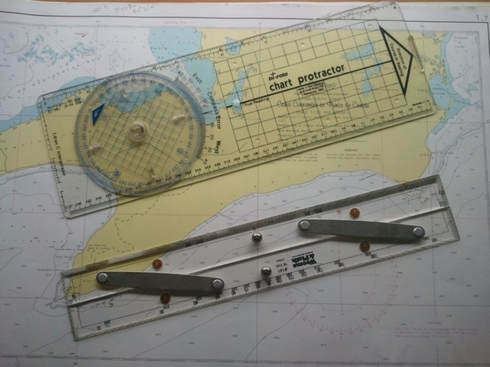
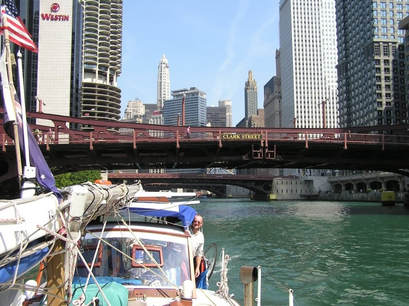
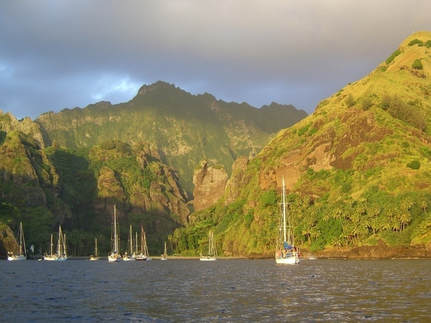
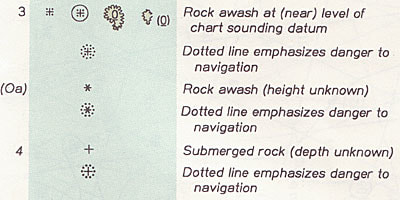
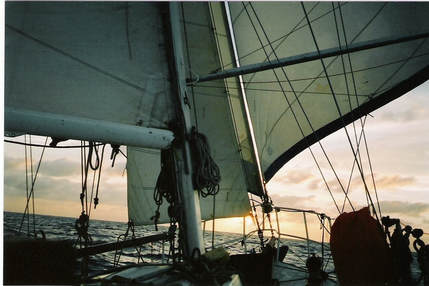
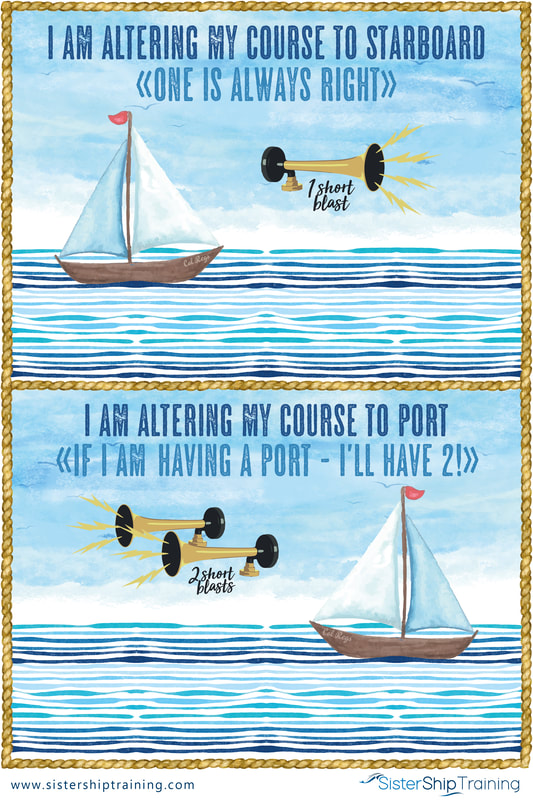
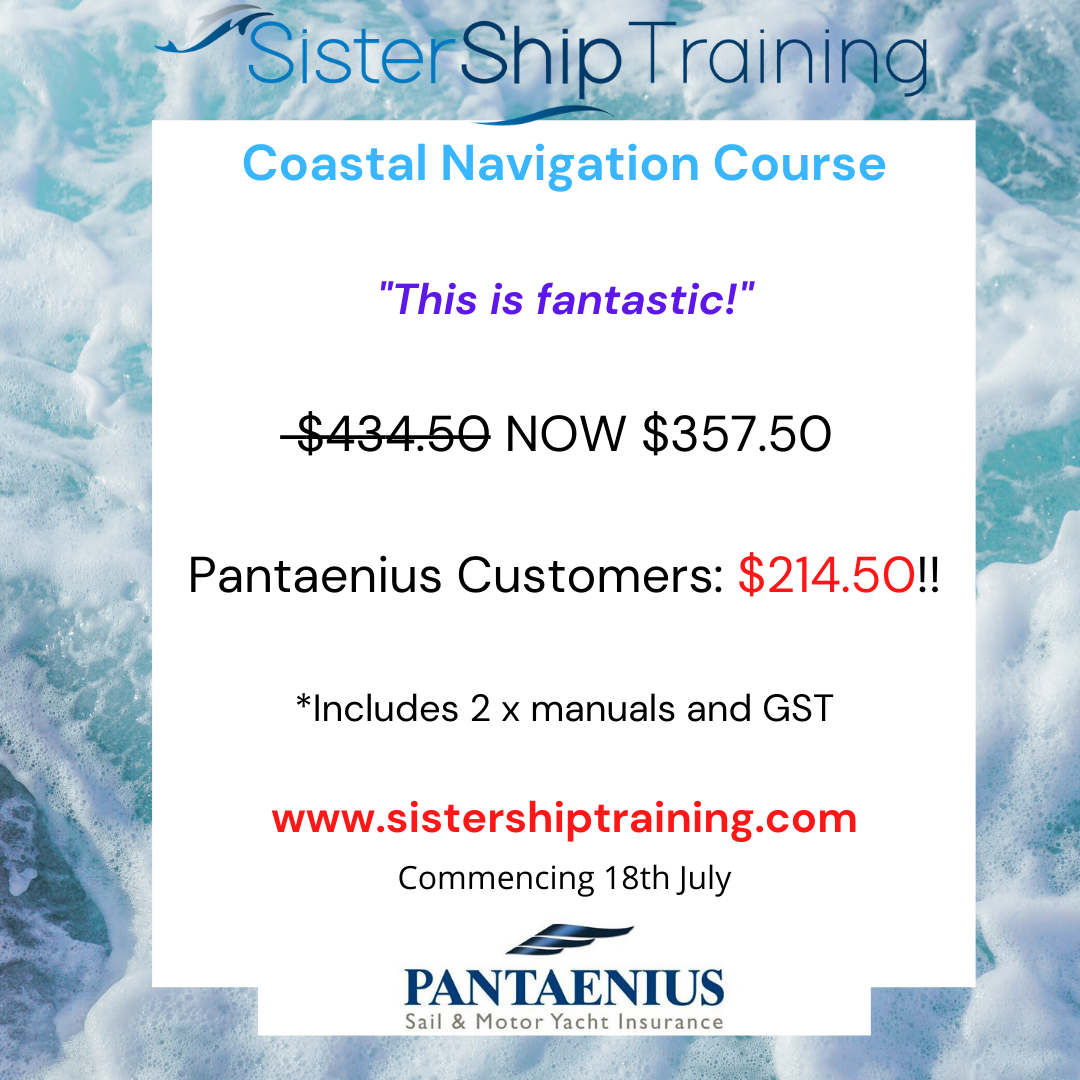
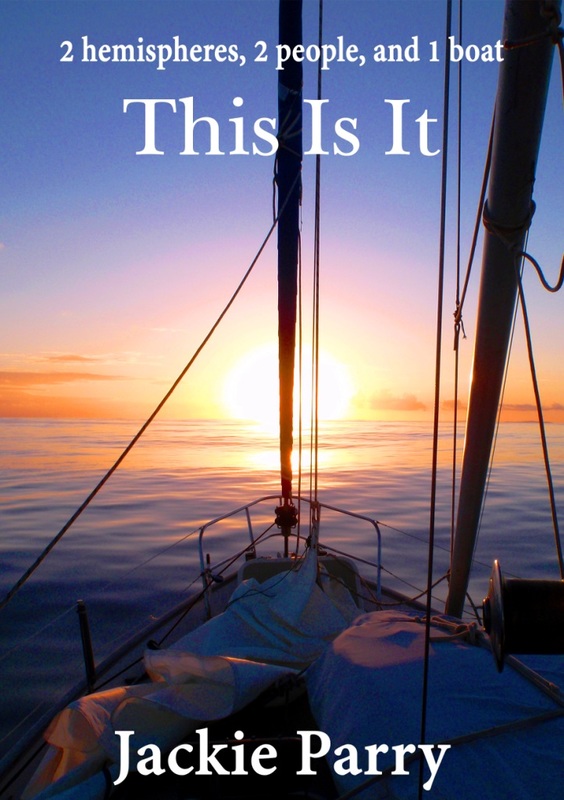


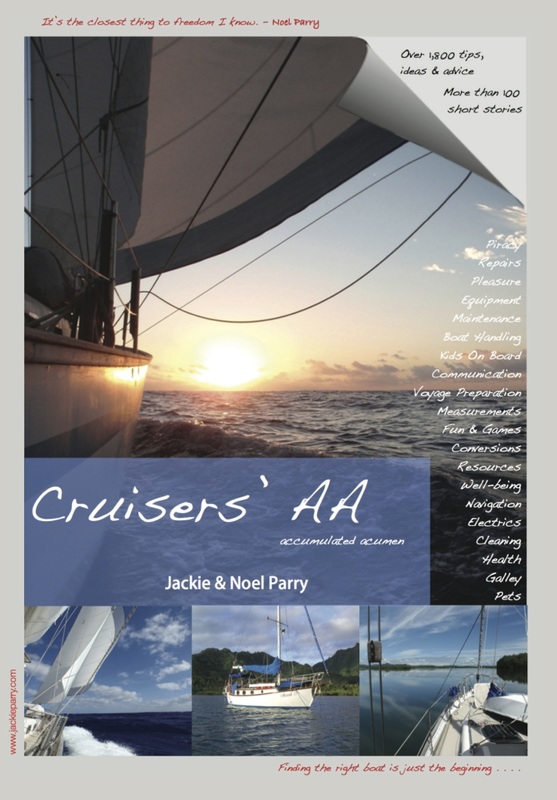
 RSS Feed
RSS Feed
